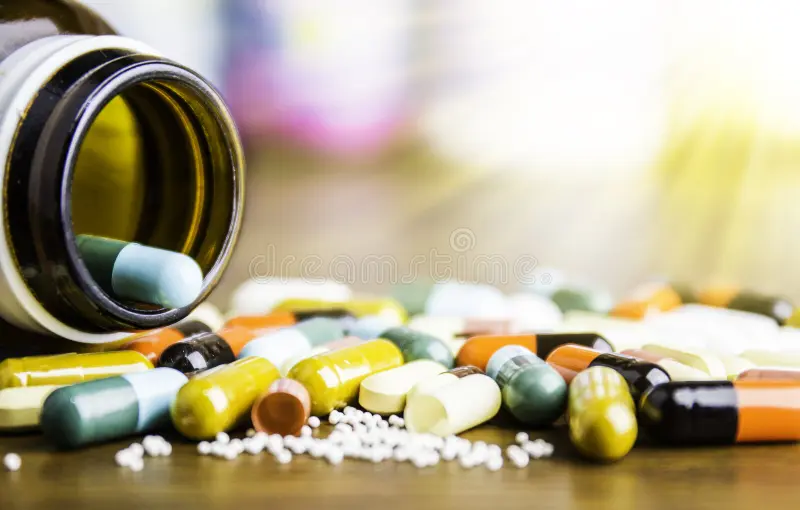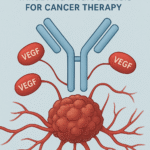Classification and Mode of Action of Disinfectants
In the realm of healthcare and sanitation, understanding the classification and mode of action of disinfectants is crucial. Disinfectants play a vital role in controlling the spread of infectious diseases by eliminating or reducing harmful microorganisms on surfaces. This article delves into the various types of disinfectants, their chemical and physical classifications, and the mechanisms through which they exert their antimicrobial effects. By comprehending these aspects, we can make informed decisions about the appropriate use of disinfectants in different settings, ensuring optimal hygiene and safety.
Chemical Classification
- Alcohols: Examples: Ethanol, isopropanol
- Quaternary Ammonium Compounds (Quats): Examples: Benzalkonium chloride, cetyltrimethylammonium bromide (CTAB)
- Chlorine Compounds: Examples: Sodium hypochlorite (bleach), chloramine
- Phenolic Compounds: Examples: Phenol, cresol, triclosan
- Aldehydes: Examples: Formaldehyde, glutaraldehyde
- Hydrogen Peroxide: Examples: Hydrogen peroxide
Physical Agents
- UV Radiation
- Heat
Chemical Classification
Alcohols
- Examples: Ethanol, isopropanol
- Mode of Action: Alcohols work by denaturing proteins and dissolving lipids, effectively disrupting the cell membrane and leading to cell lysis. They are most effective against bacteria and fungi but have limited efficacy against spores and non-enveloped viruses.
Quaternary Ammonium Compounds (Quats)
- Examples: Benzalkonium chloride, cetyltrimethylammonium bromide (CTAB)
- Mode of Action: Quats disrupt the cell membrane by binding to the phospholipids and proteins, causing leakage of cellular contents. They are effective against a broad spectrum of microorganisms, including bacteria, fungi, and enveloped viruses.
Chlorine Compounds
- Examples: Sodium hypochlorite (bleach), chloramine
- Mode of Action: Chlorine compounds act as strong oxidizing agents, causing oxidative damage to cellular components such as proteins, lipids, and nucleic acids. This leads to the inactivation and death of microorganisms. They are effective against bacteria, viruses, and fungi, including spores.
Phenolic Compounds
- Examples: Phenol, cresol, triclosan
- Mode of Action: Phenolic compounds disrupt cell walls and membranes, leading to leakage of cellular contents. They also denature proteins and inactivate enzymes. These compounds are effective against a wide range of bacteria and fungi but are less effective against spores and non-enveloped viruses.
Aldehydes
- Examples: Formaldehyde, glutaraldehyde
- Mode of Action: Aldehydes work by cross-linking proteins and nucleic acids, which disrupts cellular function and leads to cell death. They are highly effective against bacteria, viruses, fungi, and spores, making them suitable for high-level disinfection and sterilization.
Hydrogen Peroxide
- Examples: Hydrogen peroxide
- Mode of Action: Hydrogen peroxide acts as an oxidizing agent, producing free radicals that cause oxidative damage to cellular components such as proteins, lipids, and DNA. It is effective against a broad spectrum of microorganisms, including bacteria, viruses, fungi, and spores.
These chemical disinfectants each have unique properties and modes of action that make them suitable for different applications. Understanding these differences helps in selecting the appropriate disinfectant for specific needs and ensuring effective microbial control.
Physical agents
UV Radiation
Mode of Action: Ultraviolet (UV) radiation, particularly UV-C light (wavelengths between 200-280 nm), is highly effective at inactivating microorganisms. It works by causing damage to the DNA and RNA of cells. The UV light induces the formation of thymine dimers in DNA, which prevents replication and transcription, ultimately leading to cell death. UV radiation is effective against bacteria, viruses, and fungi, but its effectiveness can be limited by the presence of organic matter and the inability to penetrate surfaces deeply.
Heat
Mode of Action: Heat is one of the oldest and most reliable methods of disinfection and sterilization. It works by denaturing proteins and enzymes, disrupting cell membranes, and causing coagulation of cellular components. There are two main types of heat used for disinfection:
Moist Heat: This includes methods like autoclaving (steam under pressure) and boiling. Moist heat is more effective than dry heat because it penetrates cells more efficiently, leading to faster denaturation of proteins. Autoclaving is particularly effective, as it can kill all forms of microorganisms, including spores, by using steam at high pressure and temperature (typically 121°C for 15-20 minutes).
Dry Heat: This includes methods like hot air ovens and incineration. Dry heat works by oxidizing cellular components and denaturing proteins. It requires higher temperatures and longer exposure times compared to moist heat (e.g., 160-170°C for 2-3 hours in a hot air oven) to achieve the same level of disinfection.
Conclusion
Understanding the classification and mode of action of disinfectants is essential for ensuring effective infection control and maintaining hygiene standards. By categorizing disinfectants into chemical and physical agents, we can better appreciate their unique properties and mechanisms. Chemical disinfectants, such as alcohols, quaternary ammonium compounds, chlorine compounds, phenolic compounds, aldehydes, and hydrogen peroxide, each have distinct modes of action that target microorganisms in various ways. Physical agents, including UV radiation and heat, offer additional methods for disinfection and sterilization.
For practice MCQ on this article, click here.
For more regular updates you can visit our social media accounts,
Instagram: Follow us
Facebook: Follow us
WhatsApp: Join us
Telegram: Join us




One response to “Classification and Mode of Action of Disinfectants”
[…] Classification And Mode Of Action Of Disinfectants » PHARMACAREERS […]